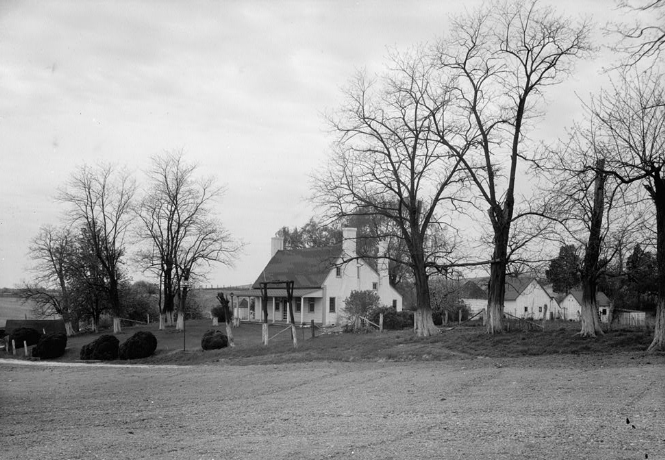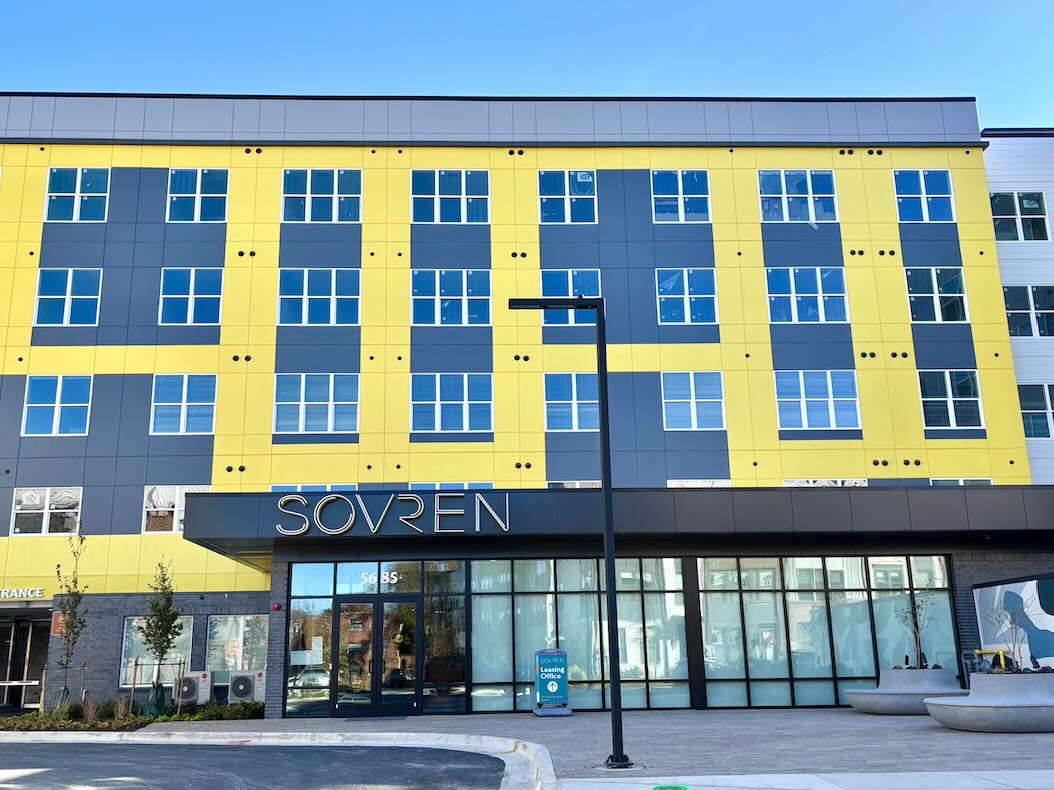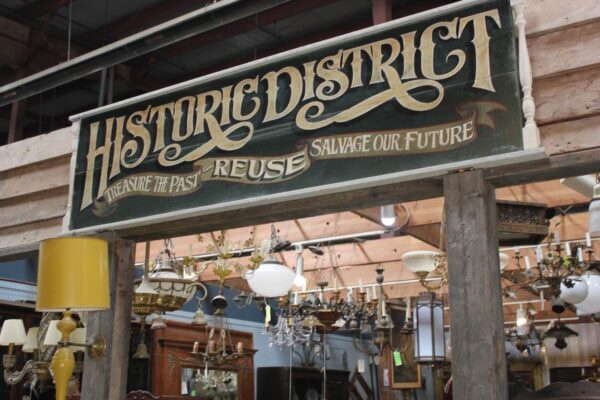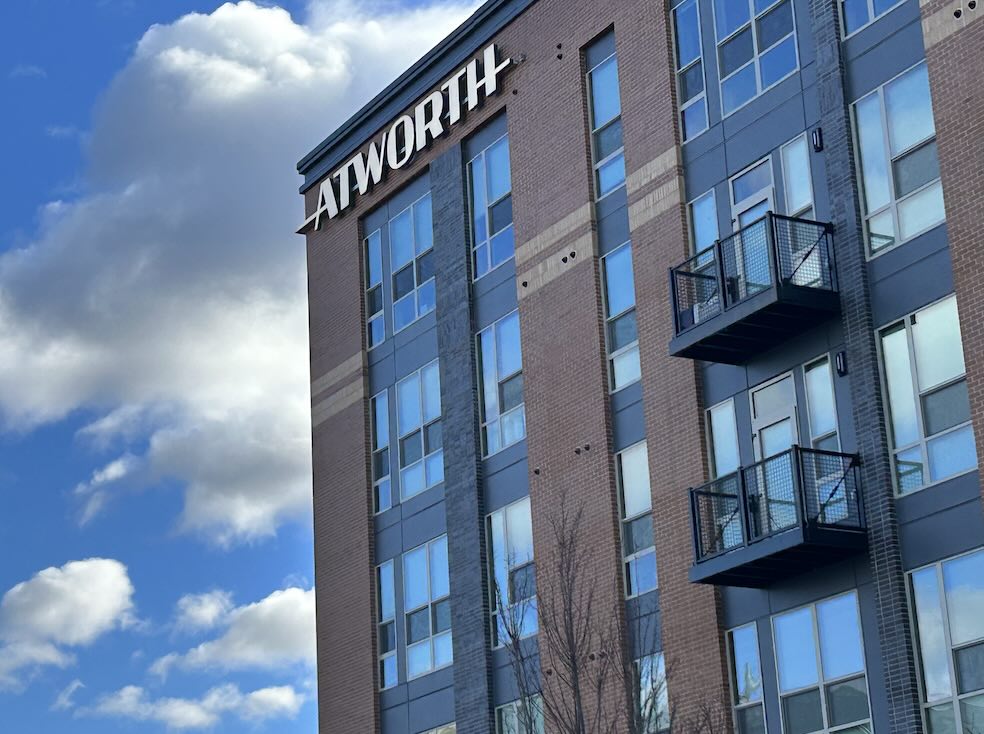
Most enslaved people seeking to escape fled north, but for a brief time in Prince George’s County starting in 1862, freedom meant heading south into D.C.
With the Civil War raging, abolitionists in Congress decided to push to end slavery in Washington, D.C., which they could do through a simple bill due to their oversight of the nation’s capital.
After a bill was filed in December of 1861, word soon spread to enslaved people in Prince George’s County, many of whom began planning their escape.
By early April, the Baltimore Sun reported that the county’s enslaved people were “running away in numbers,” with as many as 50 at a time starting out together before separating into smaller groups to avoid suspicion as they crossed the Eastern Branch Bridge, located roughly where the bridge into Navy Yard is today.
One of those enslaved people was Lewis Swams, a 40-year-old man working at Rose Hill, a farm near Sandy Spring in Montgomery County. But before he could join the free Black community in D.C., he first needed to free his wife, Minty, and two children in Prince George’s County.
Swams’ dramatic plan was helped by the fact that Rose Hill was not far from the Patuxent River, which winds some 20 miles through Prince George’s County, including Laurel and what is now the Patuxent River Research Refuge, to Upper Marlboro, the location of the tobacco plantation called Dunblane where his wife and children were enslaved.
Using the river as a guide, Swams left under the cover of night, but his plan was foiled some time after he met up with them.
Swams was tried in a Prince George’s County court for “assisting slaves to run away,” and found guilty on April 11, just five days before emancipation went into effect in D.C. He was sentenced to 12 years in the Maryland Penitentiary — more than the 10-year maximum given at the time for first-degree murder.
Just four months into his sentence in a Baltimore prison, Swams died of dropsy, a buildup of fluids in the body likely caused by poor conditions there, at the age of 40. The other slaves at both plantations weren’t freed until 1864, when Maryland finally enacted its own emancipation law.
Though we don’t what happened to Swam’s wife and children, the charges against Swams and the lack of further records of them at Dunblane seem to indicate that they may made it to Washington, and freedom.


















